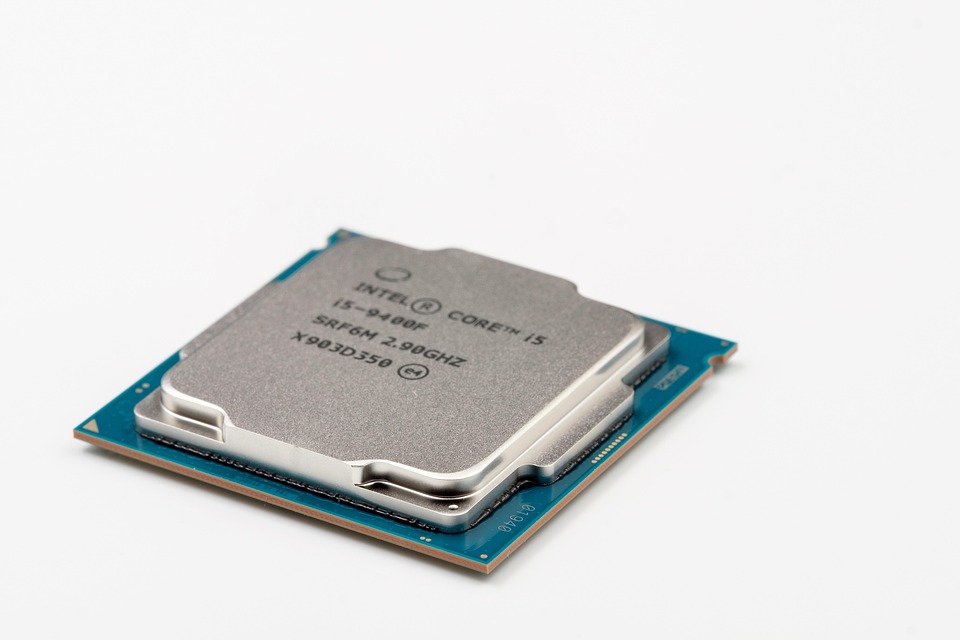The Central Processing Unit (CPU), often referred to as the "brain" of the computer, has undergone a remarkable transformation over the past few decades. From its humble beginnings in desktop environments to its omnipresence in smartphones and other devices, the CPU has steadily evolved to meet the demands of an increasingly digital world. This article explores the journey of CPUs from desktops to smartphones, highlighting their versatility and the innovations that have shaped modern computing.
The Origin and Evolution of CPUs
The CPU’s story began in the early 1970s with the introduction of microprocessors, such as the Intel 4004. These early processors were limited in capability and primarily used in desktop computers. As technology advanced, so did CPU architecture. The move from 8-bit to 16-bit and eventually to 32-bit and 64-bit architectures drastically improved performance and multitasking capabilities.
In the desktop realm, CPUs gained power with rising clock speeds and multi-core designs. The introduction of multi-core processors allowed simultaneous execution of multiple tasks, revolutionizing everything from gaming to data processing. Meanwhile, the rise of the internet accelerated demand for more powerful processors, paving the way for innovations like hyper-threading and improved power efficiency.
The Shift to Mobile Computing
As mobile devices gained popularity, the computing landscape began to change. The invention of smartphones fundamentally shifted how we interact with technology. These devices required a new breed of CPU designed to balance power, performance, and battery life. Enter ARM architecture—an energy-efficient design that became the backbone of mobile processing.
ARM CPUs, unlike traditional desktop processors, are designed for efficiency without sacrificing performance. They are found in most smartphones today, powering everything from Apple’s A-series chips to Qualcomm’s Snapdragon processors. These innovations enabled smartphones to perform complex tasks previously reserved for desktops, such as video editing, gaming, and AI processing.
Versatility Across Platforms
The versatility of CPUs has transcended their original applications. Today, we see CPUs not only in traditional desktops and laptops but also embedded in smart appliances, IoT devices, and even automobiles. This seamless integration of CPUs across various platforms showcases their adaptability and multifunctional capabilities.
1. Desktops and Laptops
Desktop CPUs, designed for robust performance, continue to evolve with advancements like AMD’s Ryzen and Intel’s Core series. These processors are optimized for high-performance tasks, making them ideal for gamers, content creators, and professionals who rely on intensive software applications.
2. Smartphones and Tablets
Smartphone CPUs have revolutionized mobile computing. With systems-on-chips (SoCs) that combine CPU, GPU, and AI processors on a single die, these devices deliver impressive performance while optimizing battery usage. Notably, the introduction of 5G technology is propelled by advancements in mobile CPUs, enabling faster connectivity and real-time data processing.
3. Embedded Systems and IoT
CPUs have penetrated embedded systems and IoT devices, leading to smart homes, connected cars, and wearable technology. These specialized processors—often low-power and compact—power devices that enhance our daily lives through automation, convenience, and data collection.
Future Outlook
Looking ahead, the future of CPUs appears intertwined with developments in artificial intelligence (AI), machine learning, and quantum computing. As demand for real-time data processing grows, CPUs will need to adapt further. Research into neuromorphic computing—designing chips that mimic human brain functions—could revolutionize how processors manage tasks.
Moreover, as mobile devices increasingly rely on edge computing, CPUs will become critical in processing data locally, reducing latency, and enhancing user experiences. The integration of security features will also be paramount, especially in a world where data privacy is a growing concern.
Conclusion
The transformation of CPUs from desktops to smartphones illustrates their extraordinary versatility and adaptability. As technology continues to advance, CPUs will play an essential role in shaping the future of computing across various platforms. With ongoing innovations and an ever-pressing need for efficiency and performance, the journey of CPUs is far from over. The next chapter promises to be even more exciting as we delve into a world where computing power is more ubiquitous and accessible than ever.


